Your living space is more than just a room—it’s a canvas for creativity, comfort, and personal style. If you’re looking to refresh or completely transform your space, focusing on aesthetics can make all the difference. From cozy minimalism to bold and eclectic choices, these 10 aesthetic room ideas will help you create a stunning environment that’s both functional and beautiful. Whether you’re tackling a bedroom, living room, or a home office, this guide will inspire you with clever tips, trending styles, and design principles that truly elevate your interiors.
1. Minimalist Bliss: Clean Lines and Neutral Tones
Less is More in Modern Spaces
Minimalist design is a timeless aesthetic that embraces simplicity, clean lines, and functional elegance. By using neutral tones like whites, grays, and beiges, you create a calming and clutter-free space.
How to Achieve the Look:
- Focus on Quality: Invest in high-quality furniture with sleek silhouettes.
- Declutter Ruthlessly: Keep only what you need and love. Storage is key!
- Neutral Palette: Use neutral wall colors and soft textiles to set the tone.
- Textures for Warmth: Add natural materials like linen, wool, or wood to prevent the space from feeling cold.
Minimalism creates an open, airy feel perfect for small spaces and modern homes.
2. Bohemian Dream: Layered Textures and Vibrant Patterns
Free-Spirited and Cozy
A bohemian aesthetic is all about mixing textures, patterns, and vibrant colors to create a lived-in, artistic look.
Key Elements of Boho Style:
- Layered Rugs: Use patterned or shag rugs layered for depth.
- Macramé and Textiles: Hang woven wall art or use cozy throws.
- Plants Everywhere: Incorporate leafy greenery like monsteras or ferns.
- Eclectic Furniture: Mix vintage and modern pieces with personality.
The boho look thrives on imperfection and individuality—so have fun mixing and matching.
3. Scandinavian Serenity: Bright, Airy, and Functional
Light-Filled Spaces with Natural Beauty
The Scandinavian aesthetic blends minimalism with warmth by incorporating light colors, natural materials, and cozy accents.
Scandinavian Design Must-Haves:
- Light Wood: Opt for oak or birch furniture.
- Soft Lighting: Use warm-toned, ambient lighting fixtures.
- Functional Furniture: Think multi-purpose items like a storage bench.
- Textural Contrast: Add sheepskin throws, chunky knits, or soft rugs.
This style is ideal for creating a calm, light-filled space that feels both functional and beautiful.
4. Cottagecore Charm: Rustic and Romantic Touches
Bringing the Countryside Indoors
Cottagecore celebrates rustic, vintage, and natural aesthetics reminiscent of cozy countryside homes.
Design Tips for Cottagecore:
- Vintage Finds: Use antique furniture or distressed wood.
- Floral Patterns: Decorate with floral bedding, curtains, or wallpaper.
- Muted Tones: Stick to soft pastels and earth tones.
- Natural Decor: Incorporate dried flowers, stoneware, and wicker baskets.
This aesthetic creates an inviting and nostalgic ambiance—perfect for bedroom retreats or cozy nooks.
5. Industrial Edge: Raw, Modern, and Masculine
Exposed Elements Meet Sleek Style
The industrial aesthetic combines raw materials like concrete, metal, and brick with modern design sensibilities.
Key Components of Industrial Design:
- Exposed Pipes and Beams: Highlight architectural elements.
- Metal Accents: Use steel or iron in furniture and decor.
- Concrete Finishes: Choose concrete flooring or tabletops for a raw look.
- Leather and Wood: Pair leather furniture with reclaimed wood for warmth.
Industrial spaces look bold, sophisticated, and effortlessly cool.
6. Japandi Harmony: Minimalist Japanese Meets Scandinavian Coziness
The Best of Two Styles
Japandi blends Japanese minimalism and Scandinavian functionality to create calm, clutter-free spaces with natural warmth.
Design Essentials:
- Muted Tones: Opt for earth tones, soft whites, and greys.
- Natural Materials: Use bamboo, wood, and ceramic decor.
- Clean Lines: Furniture should be simple yet elegant.
- Greenery: Add bonsai trees or small houseplants for life and balance.
Japandi interiors promote tranquility and intentional living—perfect for mindful spaces.
7. Dark Academia: Moody, Intellectual, and Sophisticated
Rich Hues and Antique Inspiration
The dark academia aesthetic is a literary and moody style characterized by dark hues, vintage elements, and intellectual charm.
How to Style Dark Academia Spaces:
- Rich Colors: Use deep browns, forest greens, or charcoal.
- Antique Furniture: Incorporate vintage desks, bookcases, or tufted armchairs.
- Books Everywhere: Display shelves filled with classic books.
- Textural Layers: Velvet curtains, leather accents, and brass fixtures.
This aesthetic adds an air of sophistication and mystery to any space.
8. Coastal Calm: Light, Breezy, and Fresh
Inspired by the Sea
Coastal interiors create a serene, beachy vibe using light colors and natural materials.
Coastal Design Tips:
- Light Palette: Stick to whites, soft blues, and sandy beiges.
- Natural Materials: Use jute rugs, wicker furniture, and driftwood accents.
- Textural Layers: Add linen fabrics, sheer curtains, and cotton throws.
- Ocean-Inspired Decor: Decorate with shells, glass vases, and nautical art.
Coastal spaces feel calm, airy, and effortlessly refreshing.
9. Modern Farmhouse: Cozy Yet Contemporary
A Blend of Rustic and Modern Elements
Modern farmhouse design combines rustic charm with sleek contemporary finishes.
Essential Elements:
- Shiplap Walls: Create rustic texture with shiplap paneling.
- Neutral Colors: Use whites, grays, and wood tones.
- Modern Fixtures: Add matte black or brass lighting.
- Rustic Accents: Decorate with barn doors, vintage clocks, or wooden beams.
Modern farmhouse interiors strike the perfect balance between cozy and polished.
10. Art Deco Elegance: Glamorous and Timeless
Luxe Finishes with Geometric Flair
The Art Deco aesthetic is all about opulence, geometric shapes, and rich materials.
Key Features of Art Deco:
- Bold Colors: Use jewel tones like emerald green, navy blue, or burgundy.
- Geometric Patterns: Incorporate patterned tiles, wallpapers, or rugs.
- Luxe Materials: Add marble, gold, velvet, and mirrors.
- Statement Pieces: Use large, glamorous furniture with clean curves.
Art Deco spaces feel luxurious, dramatic, and timelessly chic.
Picture Gallery
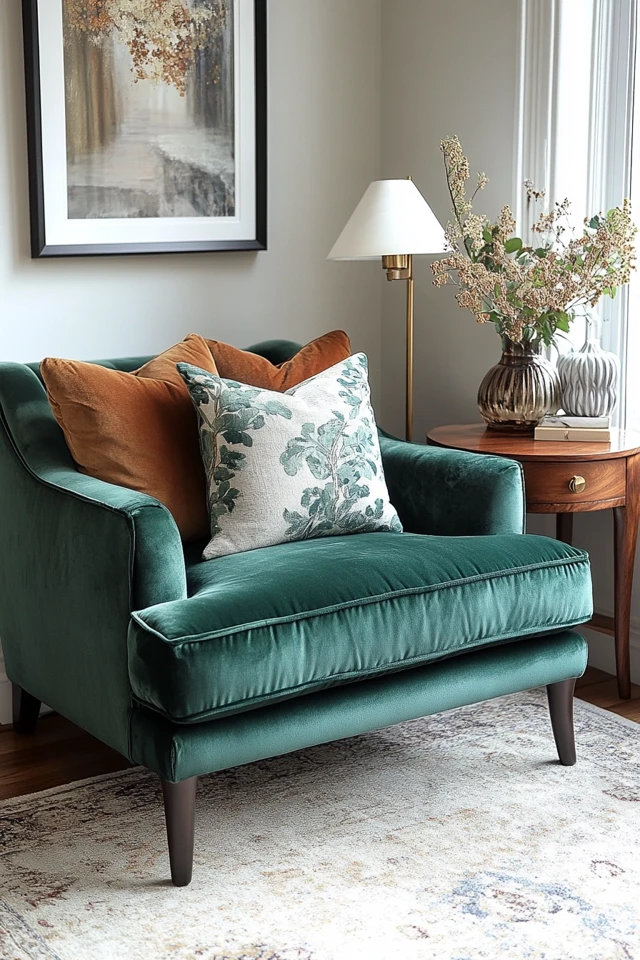


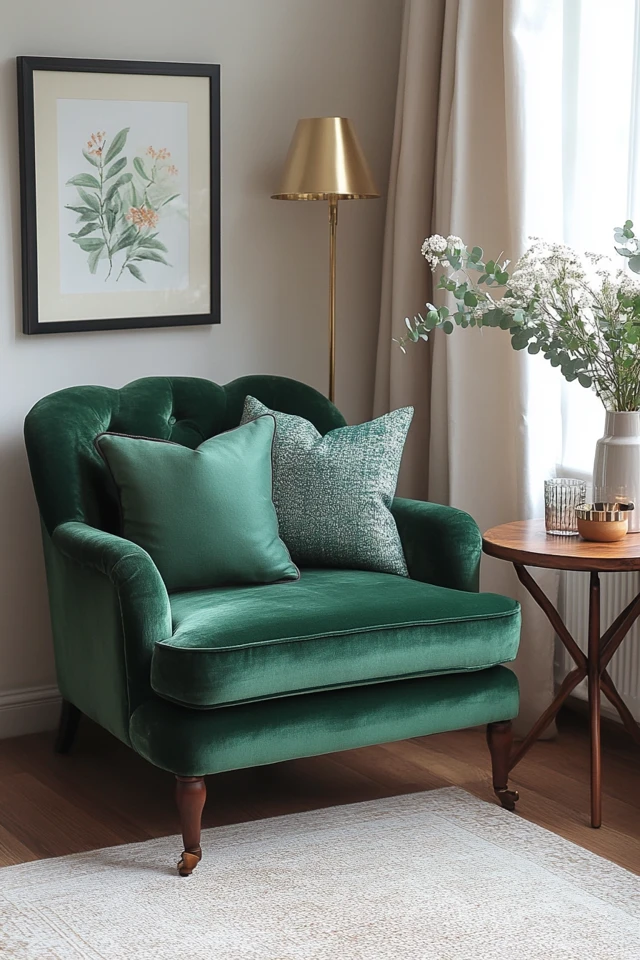
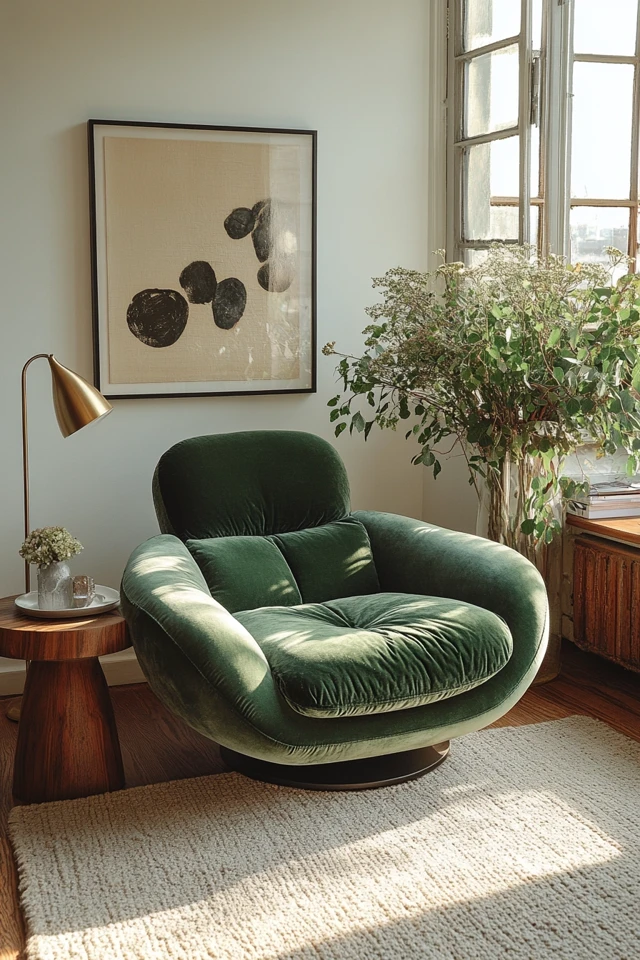
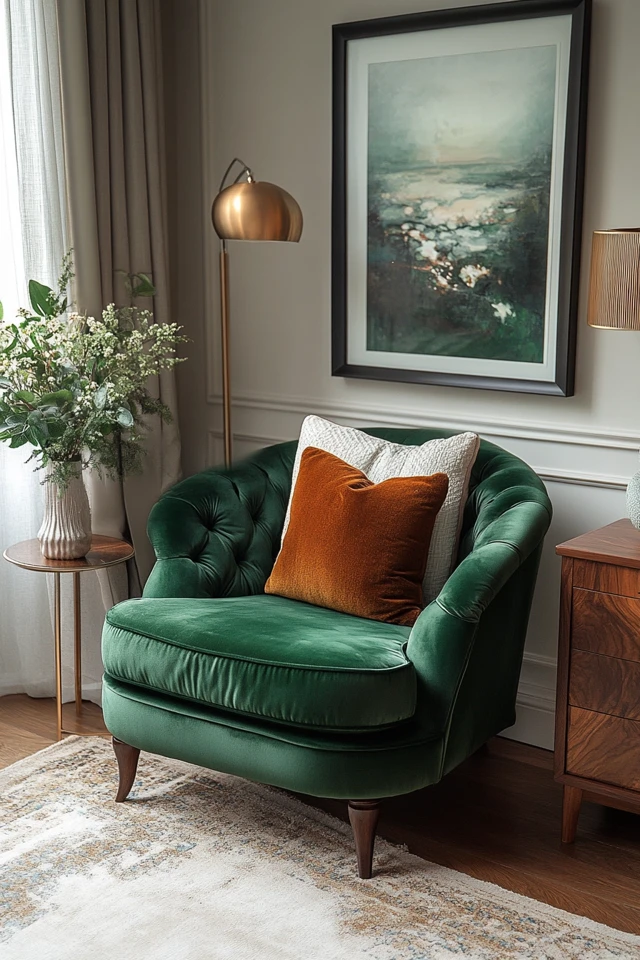
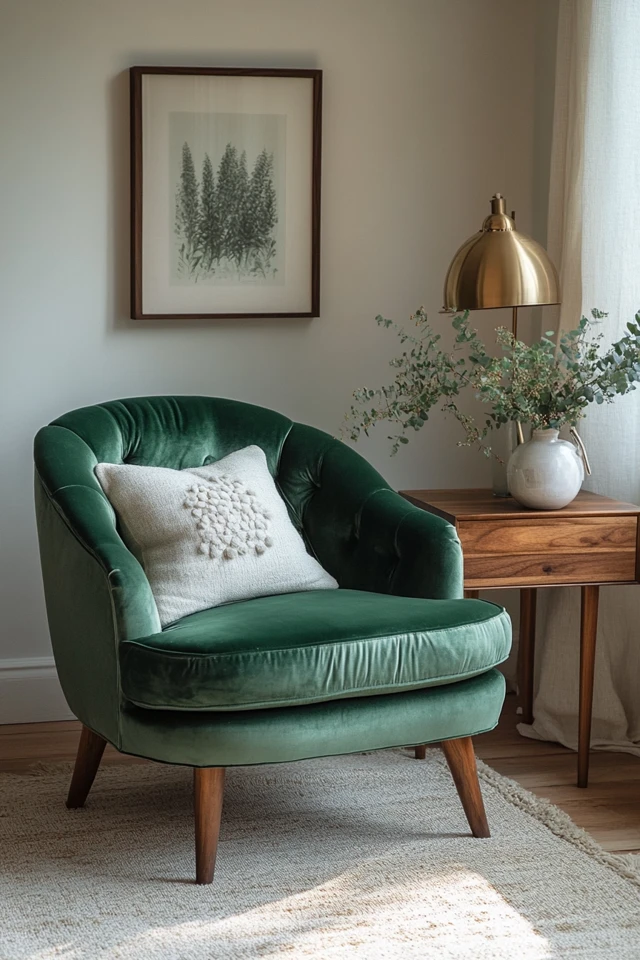
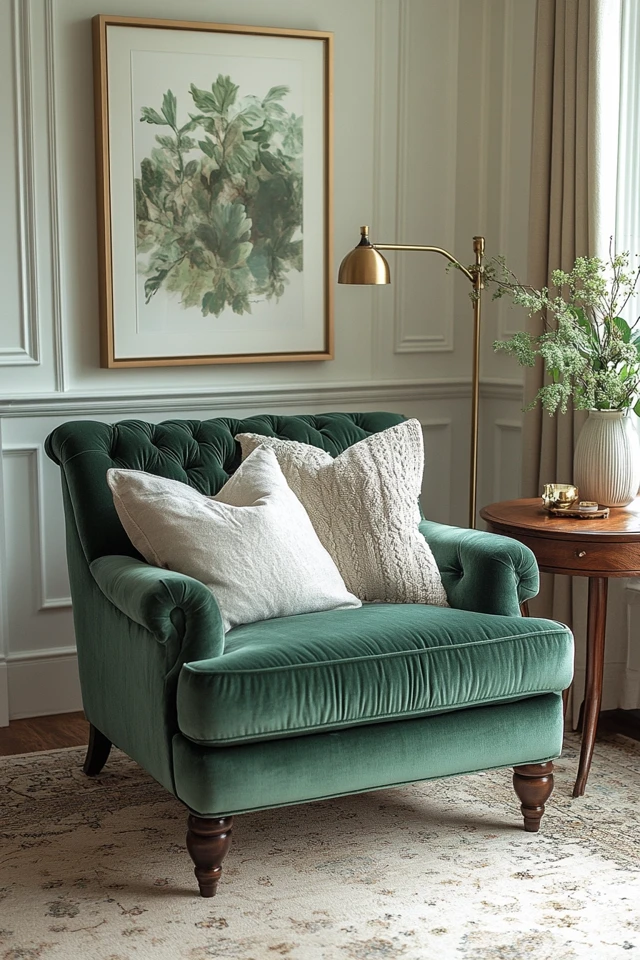
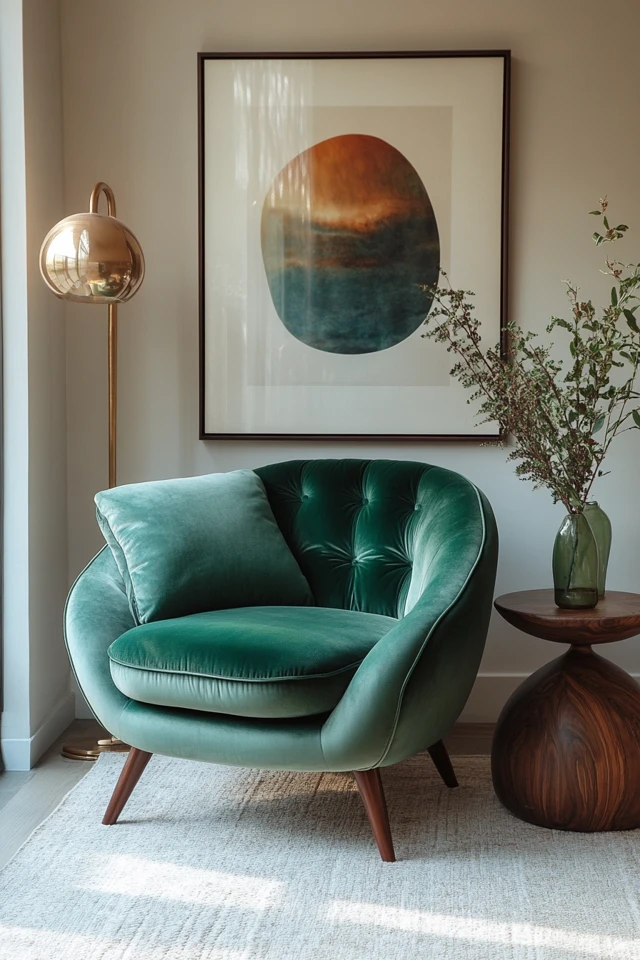
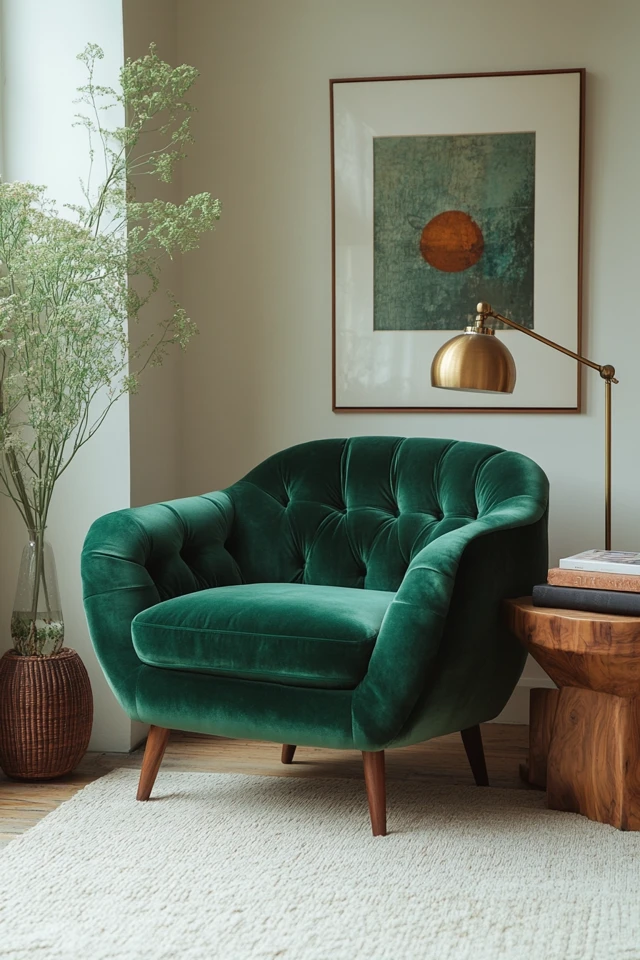
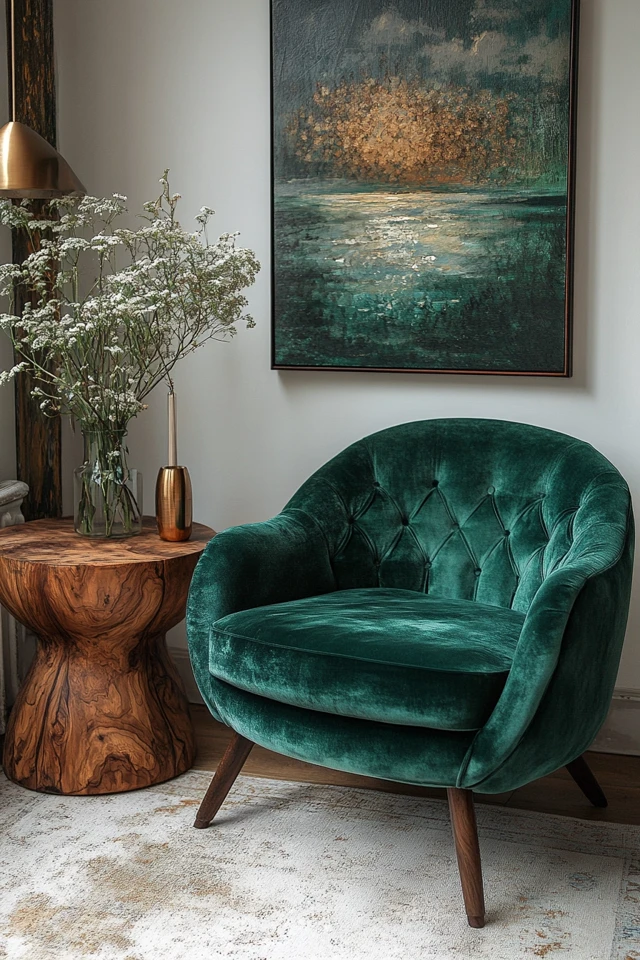
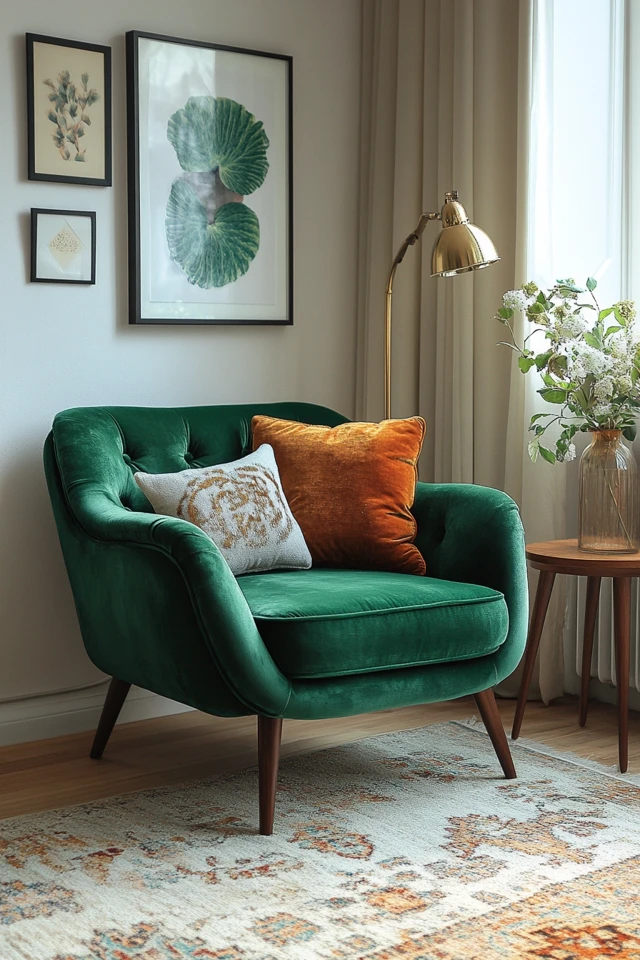
Conclusion
Transforming your space with an aesthetic makeover is about more than just following trends—it’s about creating a room that reflects your personality, meets your needs, and inspires joy. From the clean lines of minimalism to the bold patterns of Art Deco, there’s a style for every taste and lifestyle. By incorporating these 10 aesthetic room ideas, you can breathe new life into your interiors and design a space you’ll love for years to come.
FAQ
1. What is the easiest aesthetic to achieve for beginners?
Minimalism is often the easiest to achieve for beginners because it focuses on decluttering, neutral tones, and simple furniture, making it both accessible and affordable.
2. How can I mix aesthetics without overwhelming the space?
Stick to a neutral color palette as a base and incorporate elements of different styles gradually, such as layering textures or adding statement furniture pieces.
3. What are the most popular aesthetics for bedrooms?
Popular bedroom aesthetics include Scandinavian, bohemian, cottagecore, and modern farmhouse styles due to their cozy and relaxing elements.
4. How do I make a small room look more aesthetic?
Focus on light colors, multifunctional furniture, mirrors to reflect light, and minimal decor to avoid overcrowding. Small plants and artwork also help elevate the space.
5. What are key budget-friendly ways to transform a room’s aesthetic?
Repurpose old furniture, thrift unique decor, add DIY wall art, swap out textiles like rugs and curtains, and use paint to refresh walls or furniture on a budget.


